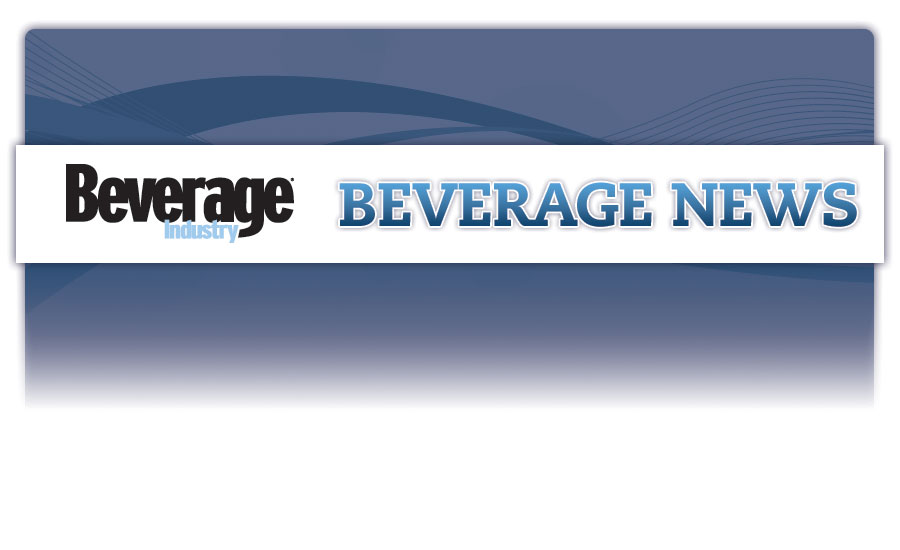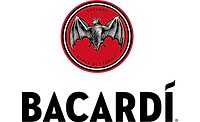Data shows beverage sales up 10 percent amid virus outbreak
IRI collaborates with BCG to analyze consumer purchases during pandemic

Since the acceleration of the COVID-19 outbreak across the world, governments, businesses and consumers are changing behaviors rapidly. To keep abreast of these shifts, Chicago-based Information Resources Inc. (IRI) collaborated with its partners at the Boston Consulting Group (BCG) to analyze the latest consumer purchases in Italy, France, the United Kingdom and the United States in the report March 19 report “COVID-19 Impact: Consumer Spending Tracker.”
The following are key highlights from the research:
- Paper products, home care and over-the-counter (OTC) health care purchases have spiked dramatically across all survey markets, as have packaged foods.
- Trends from Italy (approximately three weeks earlier to the COVID-19 crisis than the United States) and France (approximately two weeks earlier) suggest continuing heightened consumer demand; however, the demand does show signs of stabilizing.
- In the United States, there was an inflection point during the week of March 1, when significant stockpiling began.
- These trends have most strongly impacted multi-outlet (MULO) retailers but also have impacted convenience players in the United States.
- Certain sub-categories have seen particularly high spikes, particularly in home care and OTC health care.
Among the edible top consumer packaged goods (CPG) markets in the United States, beverages posted the strongest gains. Beverage sales in the United States were up 10.3 percent, according to IRI point of sales (POS) data for the week ending March 8 compared with the same time period a year. Alcohol sales also were up during that week, posting 8.8 percent increase.
These are both higher in comparison to the weeks of increased demand in the Italy, France and United Kingdom markets. Beverage sales were up 6.2 percent in Italy, 6.3 percent in France and 9.3 percent in the United Kingdom, IRI data shows. When it came to alcohol sales during the respective increased demand timeframes, Italy was up 7.8 percent while the United Kingdom was up 3.2 percent. France, however, saw a 3.9 percent decrease in alcohol sales, it found.
IRI’s analysis of the top subcategories by the week for the beverage group was an amalgamation of hydration and refreshment beverages. During the timeframe, regular soft drinks showcased modest growth with sales up 1.8 percent, however, low-calorie soft drinks posted a 10.1 percent increase.
Non-aseptic energy drinks and sports drinks also posted double-digit growth, up 10.4 and 21.6 percent, respectively. However, PET still/convenience water posted the largest gains with sales up 32.5 percent for the timeframe, IRI data shows.
Various subcategories within the alcohol market also showcased growth in the week ending March 8, based on IRI POS data. The market research firm recorded 10.1 percent growth for the domestic beer/ale (including non-alcoholic). Imported beer/ale (including non-alcoholic) also showcased double-digit growth with a 13.1 percent increase. Domestic table/still wine and spirits also posted gains, up 3.6 and 7.7 percent, respectively.
IRI has rolled out a new data dashboard on its website, in addition to its COVID-19 Insights Portal that launched last week, to track the dramatic changes going on.
Looking for a reprint of this article?
From high-res PDFs to custom plaques, order your copy today!




